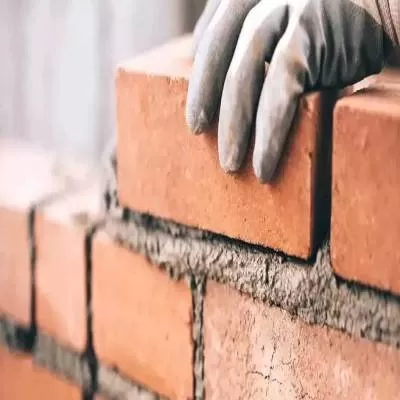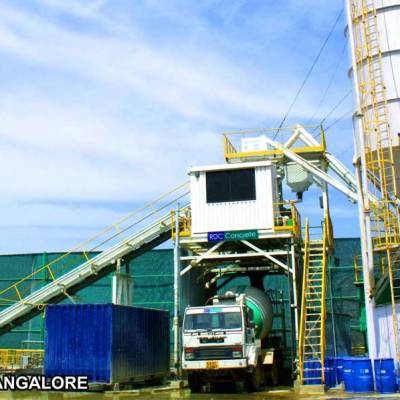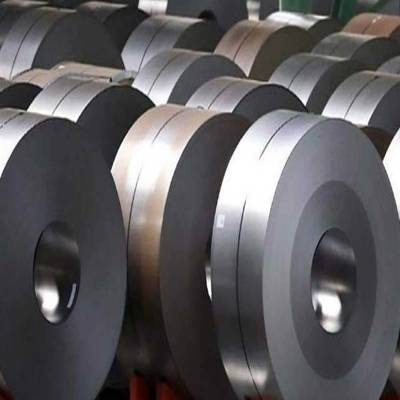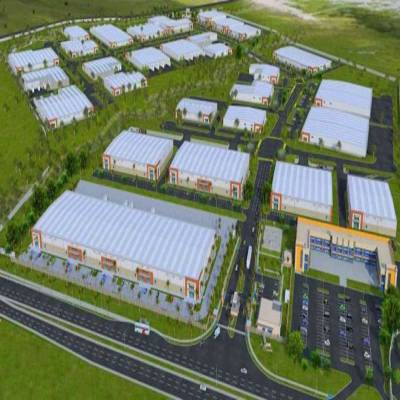- Home
- Building Material
- Cement
- Demonetisation may impact debt level of small and medium cement producers

Demonetisation may impact debt level of small and medium cement producers
Cement production is estimated to grow around 4 per cent in 2016-17 as against the earlier projection of 4-6 per cent, according to an India Ratings and Research (Ind-Ra) report on ‘Market Wire: Black Day for Black Money, Structural Benefits of Demonetisation Outweigh Short-term Agony’.
As per the report, the lower cement output for 2016-17 is expected due to the fall in production in the sector in November-December 2016. Cement production grew 4.3 per cent in April-November and recorded a growth of 0.5 per cent in November 2016. According to Ind-Ra, small and medium cement producers may come under stress in the next two quarters as their debt level will go up.
The report further stated, “Pan-India cement and strong regional players would remain stable. However, the credit profile of small and medium cement companies with high debt levels will come under stress in the next two quarters.” Moreover, the cash recall is also expected to impact real estate, which has strong linkages with sectors such as cement and steel that will turn credit negative in the short run.
The agency notes that post demonetisation, all India volumes declined in the range of 20-25 per cent in November-December 2016, while pan-India realisations have declined in the range of Rs 15 to 20 per bag in the same period. Pet coke, a key raw material for the cement sector, has shown a firming trend in prices to around $60-70 per tonne, from $40 at the beginning of the financial year, which may hit the margin too.
The report adds, “The rise in pet coke prices coupled with increase in diesel prices is likely to increase power, fuel and freight costs for companies. The higher input cost and lower demand are expected to limit the ability of cement manufacturers to pass on the higher prices to end consumers, thus potentially squeezing margins.”
Ind-Ra expects that demand from the housing sector, which contributes around 65 per cent of the cement demand, is likely to decline further after the note ban. The report adds, “The demand from individual home builders (which mainly consists of farmers) are expected to increase in 2016-17 due to a better monsoon. However, post demonetisation, Ind-Ra expects that cash availability with individual home builders will also be limited.”
Demonetisation is likely to pull down growth of the cement sector this fiscal to 4 per cent. And, this may impact the debt level of small and medium firms. Cement production is estimated to grow around 4 per cent in 2016-17 as against the earlier projection of 4-6 per cent, according to an India Ratings and Research (Ind-Ra) report on ‘Market Wire: Black Day for Black Money, Structural Benefits of Demonetisation Outweigh Short-term Agony’. As per the report, the lower cement output for 2016-17 is expected due to the fall in production in the sector in November-December 2016. Cement production grew 4.3 per cent in April-November and recorded a growth of 0.5 per cent in November 2016. According to Ind-Ra, small and medium cement producers may come under stress in the next two quarters as their debt level will go up. The report further stated, “Pan-India cement and strong regional players would remain stable. However, the credit profile of small and medium cement companies with high debt levels will come under stress in the next two quarters.” Moreover, the cash recall is also expected to impact real estate, which has strong linkages with sectors such as cement and steel that will turn credit negative in the short run. The agency notes that post demonetisation, all India volumes declined in the range of 20-25 per cent in November-December 2016, while pan-India realisations have declined in the range of Rs 15 to 20 per bag in the same period. Pet coke, a key raw material for the cement sector, has shown a firming trend in prices to around $60-70 per tonne, from $40 at the beginning of the financial year, which may hit the margin too. The report adds, “The rise in pet coke prices coupled with increase in diesel prices is likely to increase power, fuel and freight costs for companies. The higher input cost and lower demand are expected to limit the ability of cement manufacturers to pass on the higher prices to end consumers, thus potentially squeezing margins.” Ind-Ra expects that demand from the housing sector, which contributes around 65 per cent of the cement demand, is likely to decline further after the note ban. The report adds, “The demand from individual home builders (which mainly consists of farmers) are expected to increase in 2016-17 due to a better monsoon. However, post demonetisation, Ind-Ra expects that cash availability with individual home builders will also be limited.”























